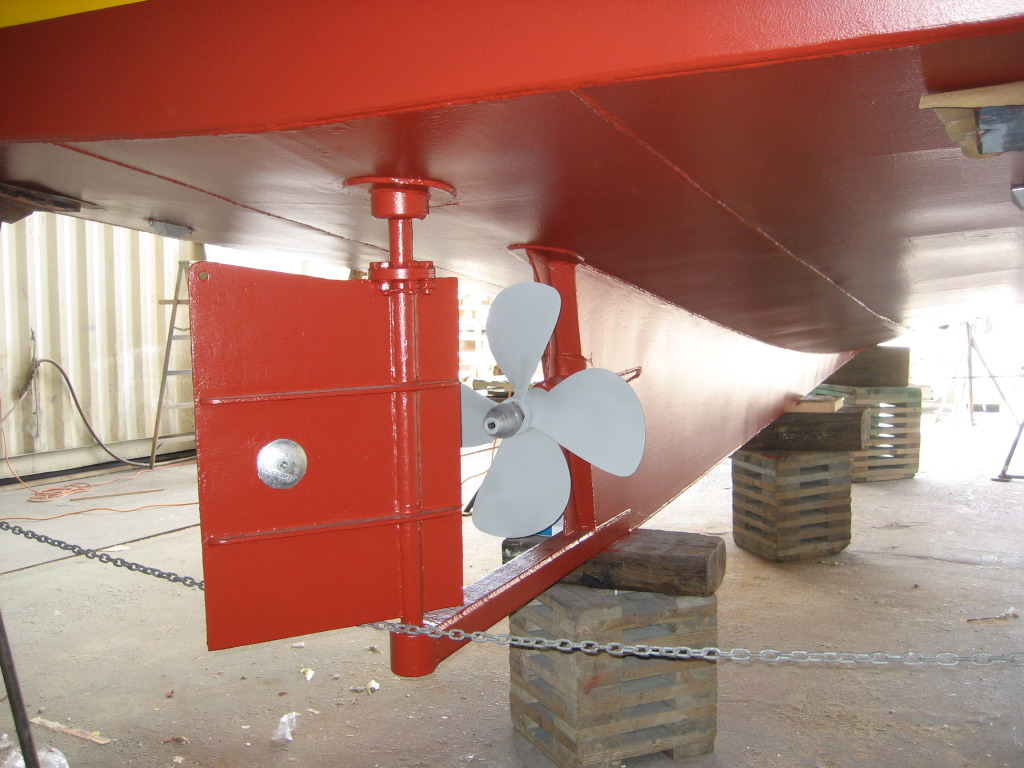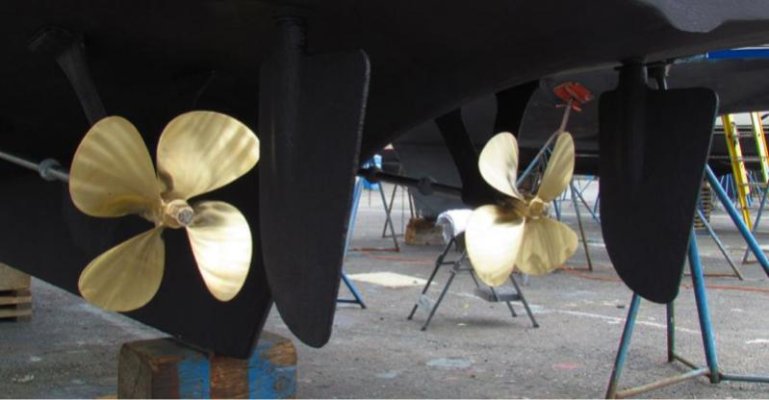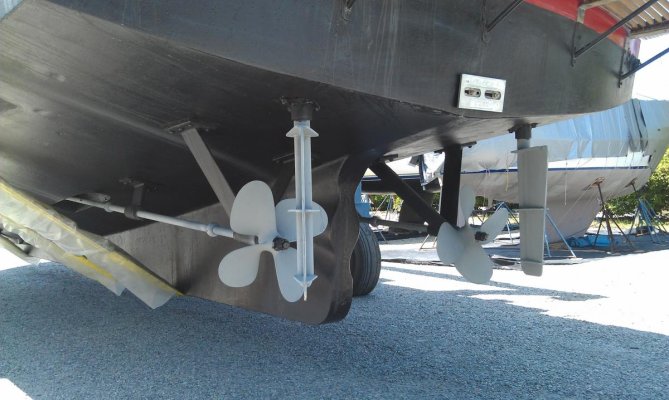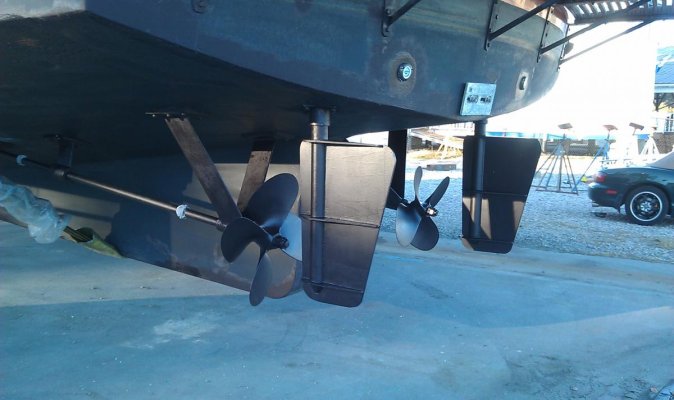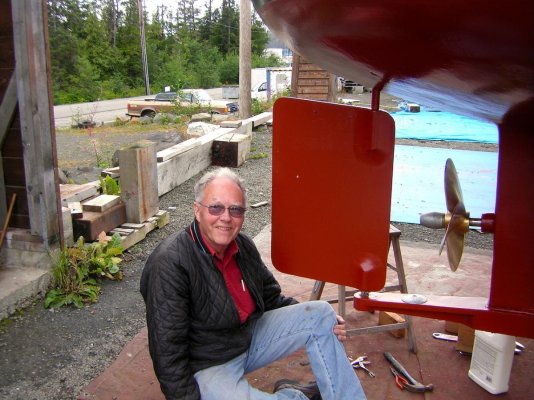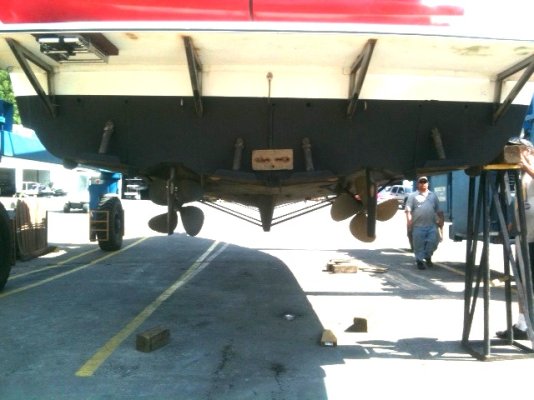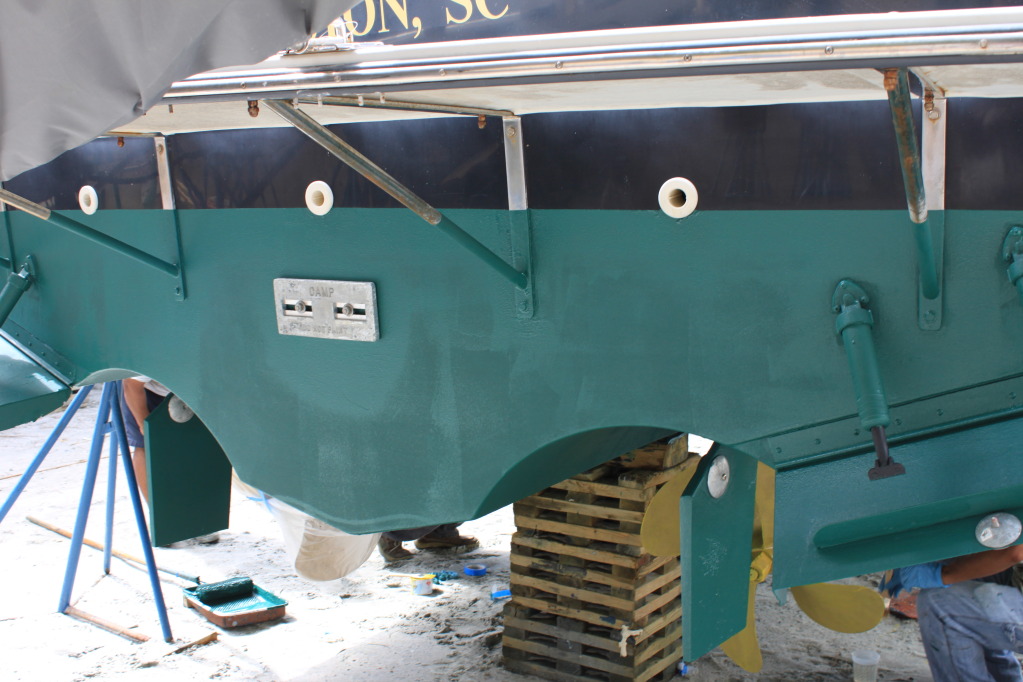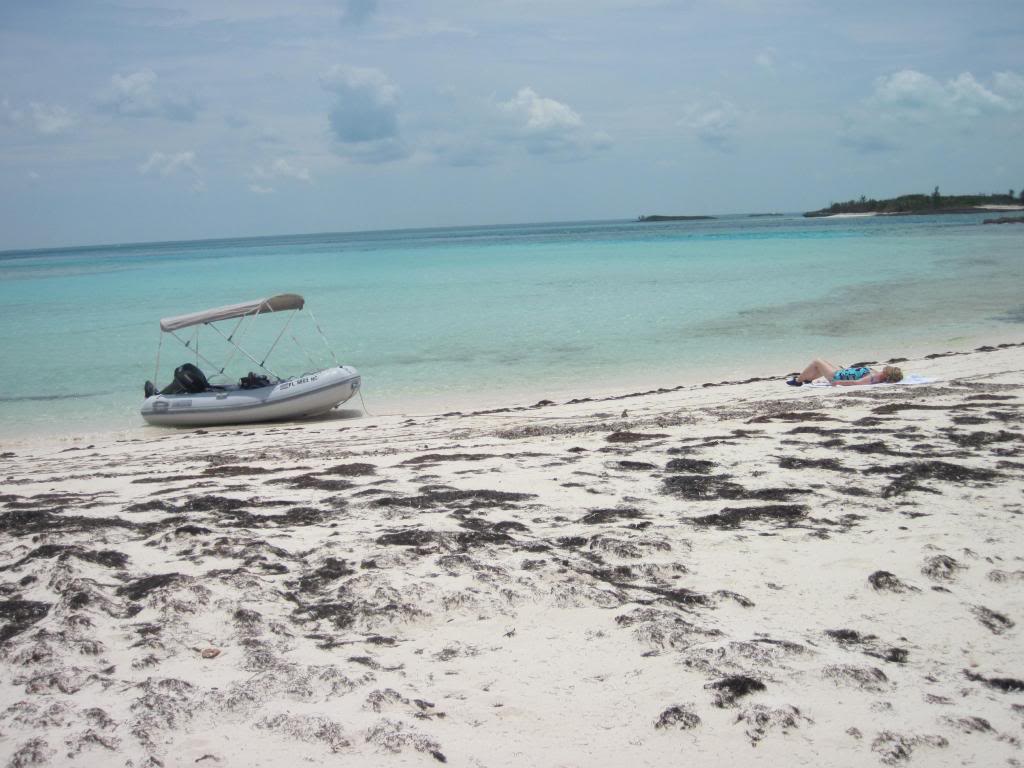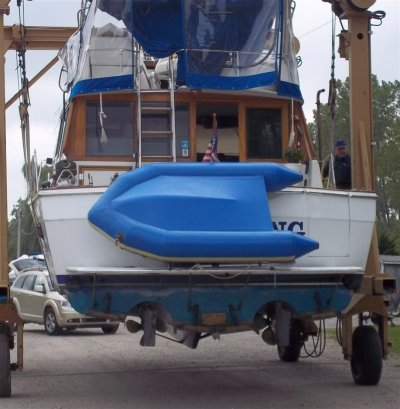Pluto
Senior Member
I have talked to some Sea Ray and Carver owners that love their boats because they can go slow for economy, but have the option of going fast if needed. Its an appealing argument.
But when i look at their type of boat out of the water, I see v hulls with small rudders and extremly exposed drive shafts and props. ( I guess so they can go fast) My first thought when i see this is whats going to happen with a hard grounding or hitting a submerged object at speed? Seems to me you could take out the whole damn thing with bent shafts, props and rudders. In contrast most trawlers seem to have a keel for directional stability and running gear protection.
This big boat business is all new to me, but I plan on getting one for serious cruising when i retire in a couple of years. I dont want to make a mistake.
Am I exaggerating the problem? Can you run a boat like that at 8 knots, or will it be unable to hold a heading?
Thanks for any comments.
But when i look at their type of boat out of the water, I see v hulls with small rudders and extremly exposed drive shafts and props. ( I guess so they can go fast) My first thought when i see this is whats going to happen with a hard grounding or hitting a submerged object at speed? Seems to me you could take out the whole damn thing with bent shafts, props and rudders. In contrast most trawlers seem to have a keel for directional stability and running gear protection.
This big boat business is all new to me, but I plan on getting one for serious cruising when i retire in a couple of years. I dont want to make a mistake.
Am I exaggerating the problem? Can you run a boat like that at 8 knots, or will it be unable to hold a heading?
Thanks for any comments.

